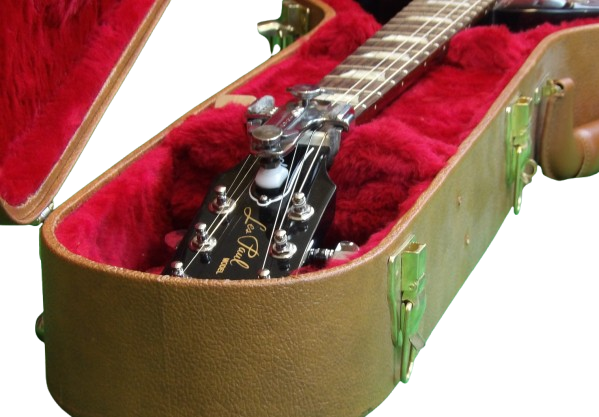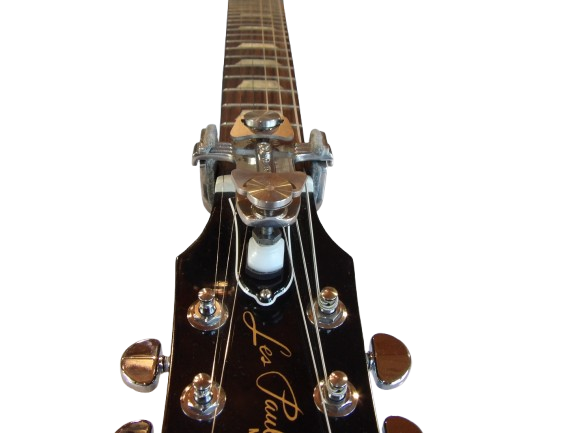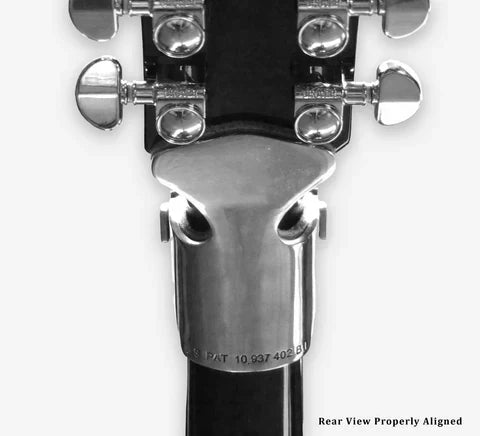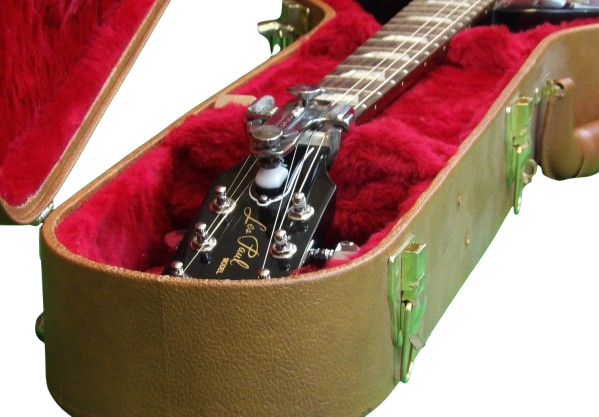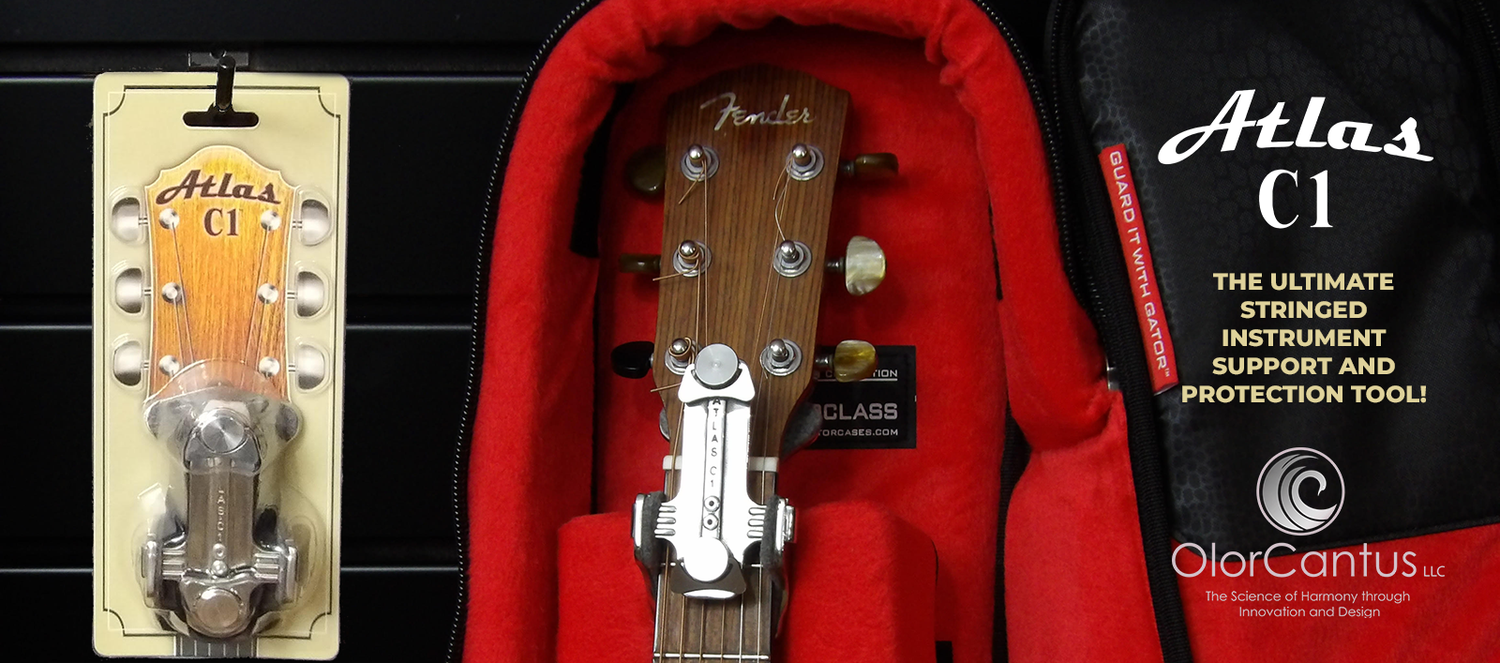Shipping a guitar can be nerve-wracking. Whether you’re sending an instrument to a buyer, taking it on tour, or traveling with it, improper packaging can lead to headstock breaks, neck damage, or cracked finishes. Many musicians and collectors have learned the hard way that a guitar case alone is not enough to protect an instrument during shipping.
In this article, we’ll cover the most common risks of shipping guitars, best practices for guitar shipping protection, and why the Atlas C-1 is an essential tool for ensuring your guitar arrives safely.
The Risks of Shipping Guitars Without Proper Protection
Guitars are fragile instruments, and even minor mishandling during shipping can result in serious damage. The most common risks include:
- Headstock Breaks Due to Sudden Impacts – The headstock-neck joint is the weakest point on a guitar, especially for models with angled headstocks like Gibson, Epiphone, and PRS.
- Neck Warping from Temperature and Humidity Changes – If a guitar is exposed to extreme heat, cold, or dryness, the wood can warp, affecting playability.
- Internal Movement in the Case – Even inside a hardshell case, a guitar can shift around during transport, causing whiplash-like stress on the headstock.
- Pressure Damage from Poor Packing – If a box is dropped, stacked under heavy items, or handled roughly, an improperly secured guitar can suffer severe structural damage.
Best Practices for Shipping a Guitar Safely
-
Use a High-Quality Hardshell Case
- Soft gig bags offer no real protection against impacts or pressure.
- A hardshell case absorbs shocks and prevents external damage, but it does not prevent internal headstock movement.
-
Add Internal Padding for Extra Support
- Use foam, bubble wrap, or soft clothing to fill any empty space inside the case.
- The headstock must be stabilized so it doesn’t move during shipping.
-
Loosen the Guitar Strings Before Shipping
- Reduces string tension, lowering the risk of neck and headstock fractures.
- Be careful not to loosen too much, as sudden humidity changes can cause the neck to shift.
-
Use the Atlas C-1 for Maximum Headstock Protection
- The Atlas C-1 is specifically designed to counteract string tension and reinforce the headstock-neck joint.
- It prevents headstock movement inside the case, eliminating the risk of whiplash-style damage.
- Works with both acoustic and electric guitars, making it the best choice for safe guitar shipping.
-
Choose the Right Shipping Box and Materials
- Use a double-walled cardboard box for extra strength.
- Fill the box with packing peanuts or bubble wrap to absorb shocks.
- Ensure there’s at least 2-3 inches of padding around the case inside the box.
-
Mark the Box as FRAGILE & Keep It Upright
- Clearly label the package with "FRAGILE – HANDLE WITH CARE" to encourage gentle handling.
- Use "This Side Up" stickers to ensure the guitar stays in the correct position.
-
Consider Insuring the Shipment
- Even with perfect packing, accidents can happen.
- Use shipping insurance to cover any potential damage or loss.
Why the Atlas C-1 is Essential for Guitar Shipping Protection
Many guitarists rely solely on a case and some bubble wrap, but this doesn’t protect the most fragile part of the guitar—the headstock.
The Atlas C-1 is the only tool designed to provide internal reinforcement during shipping. It:
- Stabilizes the headstock to prevent movement inside the case.
- Counteracts string tension to reduce stress on the neck joint.
- Provides shock absorption to protect against sudden drops or pressure changes.
- Works with most guitar models, ensuring versatile and reliable protection.
If you’re shipping a guitar, proper protection is not optional—it’s essential. A hardshell case alone won’t prevent headstock damage, and relying on basic packaging materials could result in costly repairs.
By using the Atlas C-1 along with proper packing techniques, you can eliminate the most common risks of guitar shipping and ensure your instrument arrives safely—no matter where it’s going.
Don’t take chances with your guitar—protect it with the Atlas C-1 and ship with confidence!


